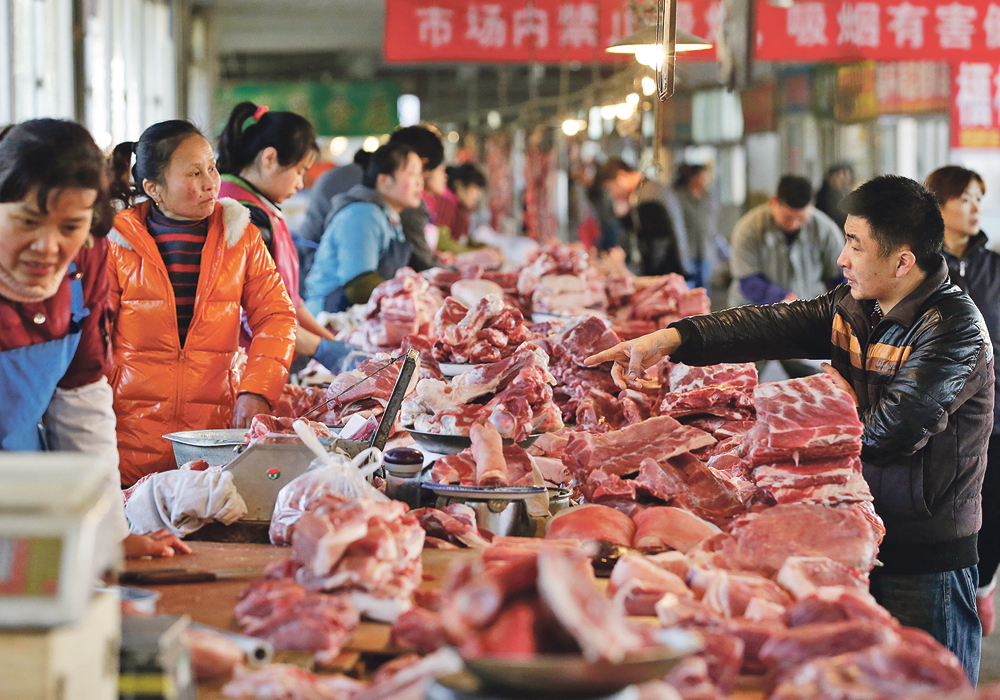(Correction: An earlier version of this column had an error in the costs deducted from the port price. This version has been corrected.)
It is interesting how farmer calculations about port and country wheat prices that were once used to criticize the Canadian Wheat Board monopoly are now used to criticize the performance of grain companies in an open market.
For years, farmers opposed to the monopoly would bemoan the wide discount they received relative to the port price.
They would argue that the wide spread was proof of CWB’s inefficiency.
Read Also

One Beer Market Updates Day 3 – Lentils and beef
Day 3 of the One Beer Market Update at Ag in Motion 2025.
Some of the rash zealots would even allege that CWB officers were personally profiting.
Now it is supporters of the former monopoly who are making similar calculations and arguing that profit hungry grain companies are taking farmers to the cleaners.
Kyle Korneychuk, spokesperson for the Canadian Wheat Board Alliance, last week issued a news release showing calculations comparing posted port prices and elevator prices.
The example he used was for No. 1 CW hard red spring wheat at $9.21 a bushel at Vancouver.
He applied an average rail cost of $1.09 and the maximum regulated tariffs for country and terminal elevation and cleaning, which total 86¢.
Subtracting these costs, which total $1.95, from the port price provides a net to the grain companies of $7.26 a bu., but he said one of the major grain companies had a Saskatchewan elevator price of $5.60.
He suggested that the difference, about $1.65, was excess profit going to the elevator companies
“This extra $60 per tonne ($1.65 per bu.) is over and above the regulated profits and return on investment allowed grain handlers under Canadian Grain Commission rules — rules which allowed those companies to expand and prosper during the 77 years of the existence of the single-desk wheat board,” Korneychuk wrote.
He said that given the amount of wheat shipped to port, that amounted to a windfall to grain companies of $13.7 million a week.
“This is a continuation of the multibillion-dollar rip-off of farmers by the private trade since the killing of the farmer-controlled single-desk Canadian Wheat Board,” Korneychuk wrote.
He suggested that the railways have faced stiff criticism and new regulation because of their shortfalls, and grain companies should face similar outrage and denunciation.
You can quibble with Korneychuk’s numbers.
The port price of $9.21 a bu. is taken from the weekly Agriculture Canada price summary, which identifies the number as an “indicator price” sourced from the International Grains Council and industry.
“The ‘indicator price’ represents a sample of f.o.b. asking prices for export and may not be reflective of actual selling prices,” the report said.
As well, the $13.7 million figure assumes all the grades of wheat that moved encountered the same sort of price spread calculated for No. 1 grade.
Nevertheless, I think the gist of Korneychuk’s argument stands, and it is backed up by a more detailed analysis that agricultural economics professor Richard Gray of the University of Saskatchewan prepared for the Saskatchewan Wheat Development Commission.
It comes down to supply and demand.
Grain companies can have a wide spread between port prices and what they pay farmers because more grain is available than can be moved, even if there is ample international demand.
Even with a smaller crop this year, the supply dwarfs previous years.
Looking at just wheat (except durum), the total supply is 21 percent greater than the five year 2008-09 to 2012-13 average. That is down from 32 percent last year but still excessive, given the logistical ability to move the crop to export.
Gray said there is no reason for grain companies to chase supplies as long as the year-end carryout remains historically large.
He said there is a need for more export capacity at the West Coast, but notes expansion is complicated by a lack of space at Vancouver’s Burrard Inlet harbour. There is room at Prince Rupert, but only Canadian National Railway serves it.
However, even with these constraints, incremental improvements are possible.
Richardson is spending $120 million to upgrade its Vancouver terminal, adding 80,000 tonnes of storage, and Viterra is spending $100 million at its Pacific Terminal across the harbour to add a new ship loading system to triple the facility’s throughput capabilities. Cargill is spending $50 million to move grain faster and more efficiently through Vancouver.
We hope the railways will be able to keep up with this growing port terminal capacity.
And with a return to more normal sized crops, competition might force the grain companies to be more aggressive in their bidding, which would narrow these wide spreads.
Contact darce.mcmillan@producer.com

















